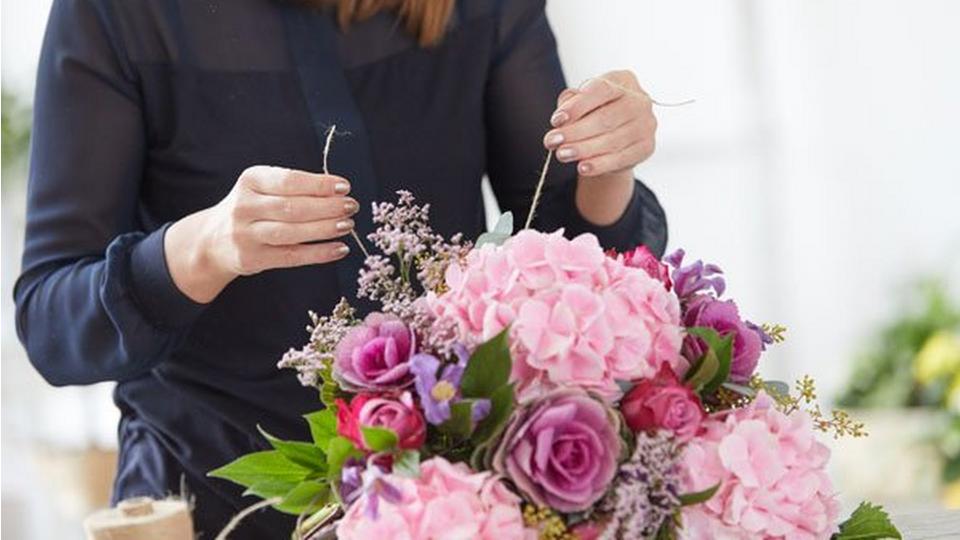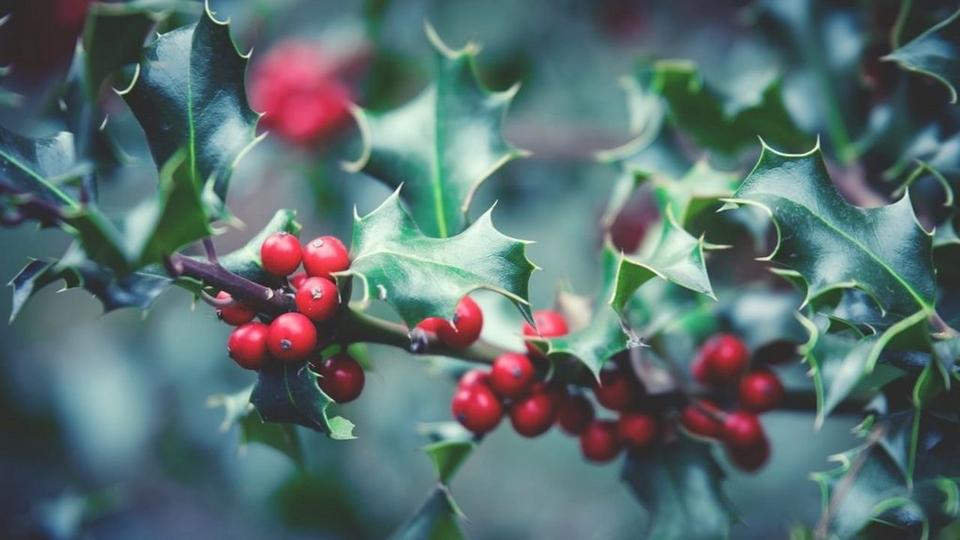Mistletoe: Ultimate Flower Guide

WHAT IS MISTLETOE?
You might be surprised to find that mistletoe is a parasitic shrub that lives off other trees. It has small green leaves and a cluster of white berries and is traditionally hung in homes at Christmas time.
WHAT IS THE MEANING OF MISTLETOE?
Over time mistletoe has symbolised many different things. In Greek mythology it was given to heroes to grant them passage to the underworld, and in Ancient Rome mistletoe was used to decorate homes for the Saturnalia celebrations.
In medieval times it was hung above doors all year round to ward off ghosts and witches, and the Druids believed it was sacred and a cure for diseases and poisons (which is ironic as mistletoe is actually poisonous if ingested).
Find out the meanings of more Christmas flowers.
MISTLETOE FACTS
-
Viscum Album is the scientific name for mistletoe. It’s native to Europe and Western / Southern Asia.
-
The original name for mistletoe was mistaltan. ‘Mistal’ comes from the Anglo Saxon word for ‘dung’ and ‘Tan’ comes from the word for ‘stick’ so the word basically means dung on a stick. Not quite the romantic association we’re all used to.
-
Mistletoe used to be hung over the doors of taverns to ward off evil spirits before the patrons walked home from the bar. It is said that this custom gave rise to Shakespeare’s line; ‘A good wine needs no bush.’
-
Mistletoe has been used to decorate homes since the 16th century.
-
Sometimes mistletoe is also called birdlime, golden bough, drudenfuss and devil’s fugue.
MISTLETOE TRADITION - KISSING UNDER THE MISTLETOE
A common mistletoe tradition is that when you pass someone under the mistletoe you stop and give them a kiss. An old superstition is that if a woman didn’t receive a kiss under the mistletoe she would remain single the coming year - luckily this has slipped out of modern belief.
So why do we kiss under the mistletoe?
In Scandinavian mythology, the Norse god Baldr was shot down and killed by an arrow made of mistletoe by the god Loki. The other gods came together to bring him back to life and gave control of mistletoe to his mother out of respect - as long as it never touched the ground which was Loki’s territory.
Many believe that this is where the tradition of hanging mistletoe comes from, and we kiss under it as a token of peace and love, assuring mistletoe is no longer a shrub of ill-will and malice.
HOW TO GROW MISTLETOE
- Harvest the berries from a similar tree to the one you wish to grow your mistletoe on.
- Don’t use berries from Christmas decorations as these have usually been harvested early and therefore won’t germinate properly.
- Pick a tree that is at least 15 years old and choose a branch that is about 10cm (4 inches) in girth and fairly high up - so your mistletoe gets plenty of light.
- Cut a small section of the bark to create a little flap.
- Remove the seeds from the mistletoe berries and put them under the flap you’ve created in the bark.
- Cover the flap with a small piece of hessian (or similar material) to protect the seeds from birds.
- For greater success create a few more flaps and insert as many seeds as possible (at least 15) as only one in ten seeds germinate.
- As the seeds develop the branch will swell but remember to be patient as it can take over five years for mistletoe to be mature enough to produce berries.
COMMON QUESTIONS ABOUT MISTLETOE
Where does mistletoe grow?
Mistletoe grows in trees where it has attached itself. Most often mistletoe is spread by birds that have eaten the seeds and grows in large clumps. Mistletoe seeds attach best to fruit trees which is why it’s so prominent in Herefordshire.
Is mistletoe poisonous?
Yes. Mistletoe leaves, stems and berries are all poisonous if eaten. It can cause vomiting, drowsiness, blurred vision and even seizures. It’s also poisonous to animals so keep it out of the way of cats and dogs.
What colour are mistletoe berries?
Mistletoe berries are white. These waxy berries are coated in a sticky substance which helps them to be scattered by birds that swoop in to feed on them.
Is mistletoe a parasite?
Yes. Mistletoe attaches itself to trees and steals nutrients and water from the host tree eventually weakening it.
Where can I find mistletoe?
Mistletoe is most commonly found in the UK in the South and West Midlands - Hertfordshire and Worcestershire are the places most traditionally associated with mistletoe. You’ll most commonly find mistletoe in apple, hawthorn, poplar, lime, rowan, willow and conifer trees.



